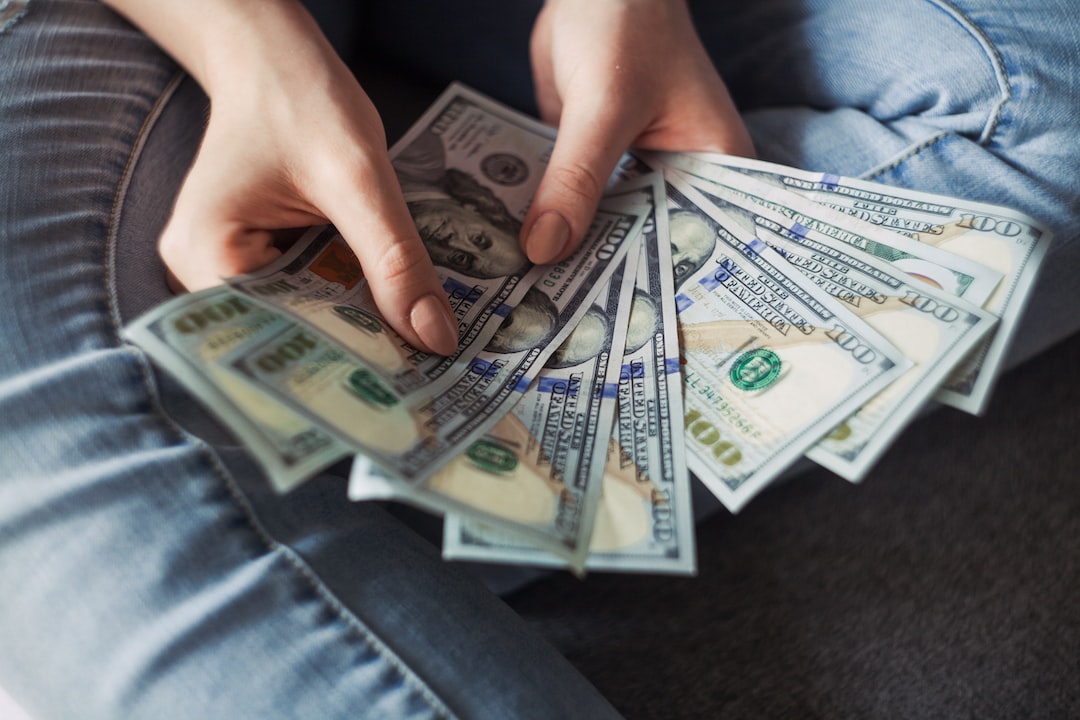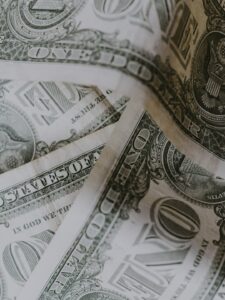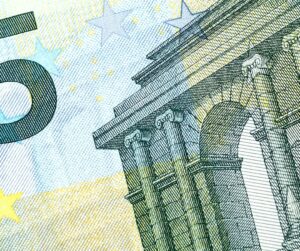Understanding the Factors that Affect Forex: US Dollar to Philippine Peso Exchange Rates
The foreign exchange market, also known as forex, is a decentralized global marketplace where currencies are traded. The exchange rates between different currencies are constantly fluctuating, and understanding the factors that affect these rates is crucial for anyone involved in forex trading. In this article, we will focus on the exchange rate between the US dollar and the Philippine peso and explore the various factors that influence it.
1. Economic Factors:
Economic indicators play a significant role in determining the exchange rate between two currencies. In the case of the US dollar to Philippine peso exchange rate, factors such as the GDP growth rate, inflation rate, and interest rates in both countries have a direct impact. If the US economy is performing well, with a high GDP growth rate and low inflation, it will attract foreign investors, leading to a stronger US dollar. On the other hand, if the Philippine economy is struggling with inflation or low interest rates, it may weaken the peso against the dollar.
2. Political Stability:
Political stability is another critical factor affecting exchange rates. Investors prefer to put their money in countries with stable political systems and strong institutions. In the case of the US and the Philippines, any political instability or uncertainty can lead to a decrease in investor confidence, causing the value of the peso to decline relative to the US dollar. Events such as elections, changes in government policies, or geopolitical tensions can significantly impact exchange rates.
3. Trade Balance:
The trade balance between two countries also plays a significant role in determining exchange rates. The US is one of the largest trading partners of the Philippines. If the Philippines exports more to the US than it imports, it will create a surplus in Philippine pesos, leading to an increase in demand for the US dollar. This increased demand can strengthen the US dollar against the peso. Conversely, if the Philippines imports more from the US, it creates a deficit in the trade balance, putting downward pressure on the peso.
4. Market Sentiment and Speculation:
Market sentiment and speculation also influence exchange rates. Forex traders closely monitor economic news, political events, and market trends to make predictions about future exchange rates. If there is optimism about the economic prospects of a country, it can lead to increased demand for its currency, resulting in a higher exchange rate. On the other hand, negative news or uncertainty can lead to a decrease in demand, causing the currency to weaken.
5. Central Bank Policies:
The monetary policies of central banks have a significant impact on exchange rates. The US Federal Reserve and the Philippine Central Bank have the power to influence interest rates, money supply, and currency value. Changes in interest rates can attract or repel foreign investors, affecting the demand for a currency. Central banks also intervene in the forex market by buying or selling currencies to stabilize their exchange rates. Their actions can have short-term and long-term effects on the US dollar to Philippine peso exchange rate.
In conclusion, understanding the factors that affect forex exchange rates is essential for anyone involved in forex trading. Economic factors, political stability, trade balance, market sentiment, and central bank policies all play a crucial role in determining the exchange rate between the US dollar and the Philippine peso. By staying informed about these factors and monitoring market trends, traders can make better-informed decisions and potentially profit from currency fluctuations.






